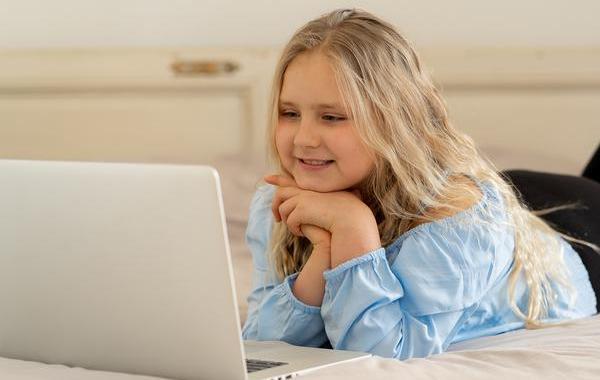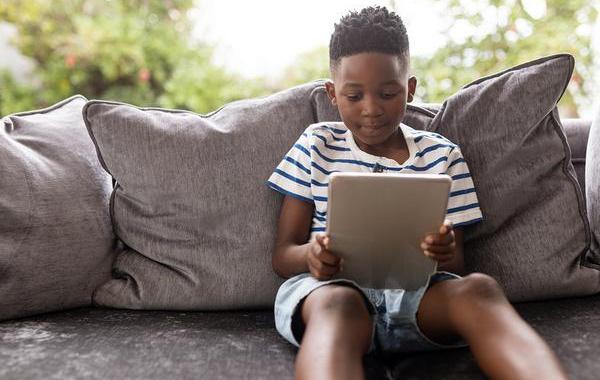
Defining “Screens”
First, one important note. Screens, in this case, means “all screens,” not just phones and tablets. Laptops and TV time should also be considered when applying screen time guidelines. Another point to remember: There’s little evidence, currently, that screens cause medical harm, but there are concerns around a lack of physical activity and that excessive screen time can negatively impact social skill development. This is true across all ages and needs to be taken into account.
Babies And Toddlers Up To 18 Months
In general, screen time of any length is not recommended for children younger than 18 months. This is less due to any harm possible from screens and more to do with keeping children engaged and active in the world around them: The WHO also recommends kids be kept out of strollers and other restraints as much as possible.
18-24 Months
In the 18-24 month period, it’s recommended that any screen time be supervised with a parent who actively watches and engages with the content along with their child. One example is educational programming that encourages kids to count or spell along, for example. Unsupervised time is still not recommended for this age bracket, and supervised time should be kept to under one hour per day.
24 Months to Five Years
These recommendations are largely the same as the 18-24 month olds, but with a suggestion that parents work to develop “real-world” connections. For example, if you watch a show with a child, you might ask them how experiencing what happens on the show might make them feel.
6 Years to Preteen

Parents can allow unsupervised time, although it’s recommended that you install parental control apps to limit risk, and to keep kids from using screens more than two hours a day. If kids want to use online environments, such as video games, you should have a detailed discussion about safety and set clear rules and limits on games children have to abide by.
Preteen to Teen
This is the area where the conversations begin to get tricky. Parental control apps should remain in use to prevent downloading of certain apps and to enforce schedules, but here it’s really more about the quality of the screen time. For example, it’s been shown that endlessly scrolling on Instagram is potentially bad for your mental health. This is the age where a conversation about the upsides and downsides of the internet is key.
Teen To College-Age
While parental control apps should still be in effect, this is the time to help your child transition into adulthood when it comes to their screen use. Work with them to better understand practical uses of phones and screens, like applying for work or doing homework, versus leisure time activities perhaps better spent elsewhere, like online games.
Some of these ranges will be subjective. Especially as demands for technology at schools change how we do homework, and as employers expect even teenagers to have smartphones, you’ll have to make judgement calls that best fit both your child’s needs and your concerns. Good parental control apps can help; to learn more, try it for free!

Join the conversation